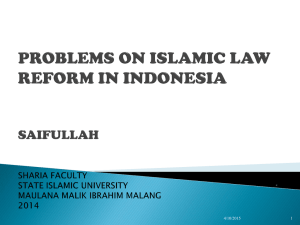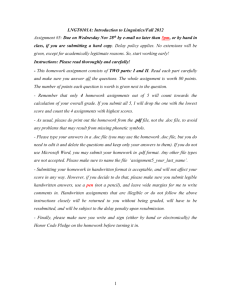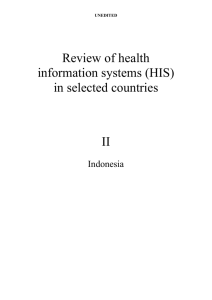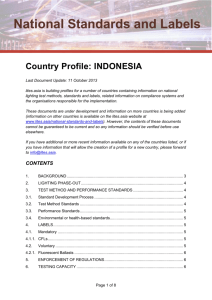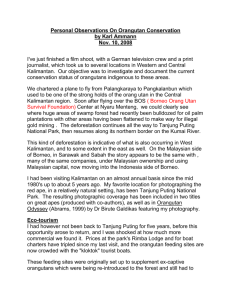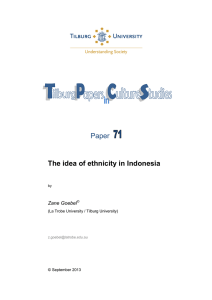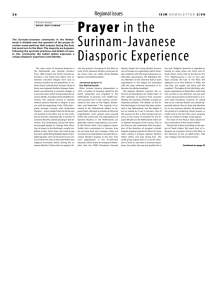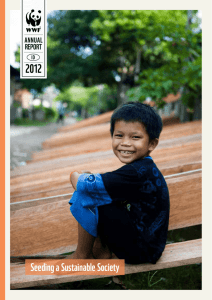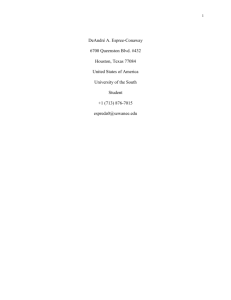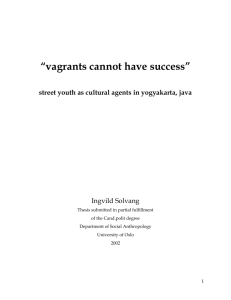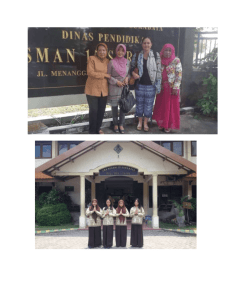Linguistic diversity..
advertisement
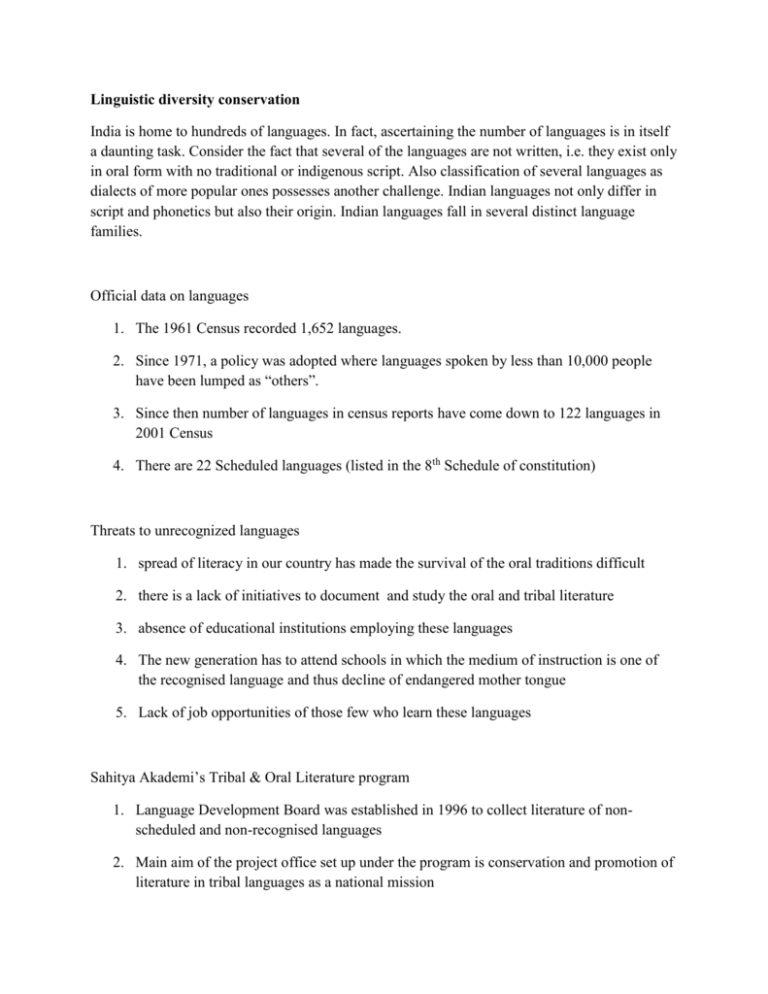
Linguistic diversity conservation India is home to hundreds of languages. In fact, ascertaining the number of languages is in itself a daunting task. Consider the fact that several of the languages are not written, i.e. they exist only in oral form with no traditional or indigenous script. Also classification of several languages as dialects of more popular ones possesses another challenge. Indian languages not only differ in script and phonetics but also their origin. Indian languages fall in several distinct language families. Official data on languages 1. The 1961 Census recorded 1,652 languages. 2. Since 1971, a policy was adopted where languages spoken by less than 10,000 people have been lumped as “others”. 3. Since then number of languages in census reports have come down to 122 languages in 2001 Census 4. There are 22 Scheduled languages (listed in the 8th Schedule of constitution) Threats to unrecognized languages 1. spread of literacy in our country has made the survival of the oral traditions difficult 2. there is a lack of initiatives to document and study the oral and tribal literature 3. absence of educational institutions employing these languages 4. The new generation has to attend schools in which the medium of instruction is one of the recognised language and thus decline of endangered mother tongue 5. Lack of job opportunities of those few who learn these languages Sahitya Akademi’s Tribal & Oral Literature program 1. Language Development Board was established in 1996 to collect literature of nonscheduled and non-recognised languages 2. Main aim of the project office set up under the program is conservation and promotion of literature in tribal languages as a national mission Need to conserve 1. Rich literature present in tribal, nomadic and coastal languages which are yet to be captured in written form 2. Erosion of mother tongue has led to rapid decline in vocabulary in even major languages — ‘mummy’ has replaced amma, maa, aai, etc., and ‘papa’, bapu, baba, etc., people are increasingly unaware of names of plants, vegetables, birds, etc. found in their vicinity 3. Preserving and promoting endangered languages could serve as a critical tool in inclusive development Discouraging linguistic diversity 1. It is not possible to carry out meaningful separate programs like educational institutions, job creation, etc. for languages with less than 10,000 speakers 2. Government resources are limited and carrying out large scale conservation activities is not feasible 3. Recognition and inclusion (in 8th schedule) of languages may fuel up demands of unfeasible smaller states (Maithili – Mithilanchal, Tulu – Tulu Nadu, etc.) 4. Regional aspirations which originally stem from developmental reasons are seen in the light of linguistic neglect and resentment (eg. Telangala dialect being called /alleged as being suppressed by coastal Andhra dialect in movies, media, etc.) Indonesian example 1. Indonesia’s situation in terms of languages is directly comparable to India. 2. The country is made of over 17,000 islands, which are home to some 700 languages, many of which do not share scripts or linguistic roots. 3. Javanese, a language spoken by the majority of the inhabitants of Java, Indonesia’s most populous island and the centre of gravity of its nationalist movement – this can be equated with role and position of Hindi in India 4. In Indonesia too, this most obvious choice was rejected because choosing Javanese as a national language would have signaled that Indonesia was Java, defeating the aims of nationalism 5. They chose Bahasa Indonesia, a simple and flexible language enriched by its own history, soaking up loan words from divergent cultural milieu - Hindu-Buddhist kingdoms of past, Arab and Muslim traders, Portuguese and Dutch colonialists. 6. This selection of a single language as national language goes a long way in promoting integration in the country and facilitating communication 7. Other languages are facing a decline and one out of four languages are threatened Written by Rahul Kejriwal References http://sahitya-akademi.gov.in/ http://www.thehindu.com/opinion/op-ed/we-are-talking-more-using-fewerwords/article5086343.ece several other The Hindu, Indian Express articles



